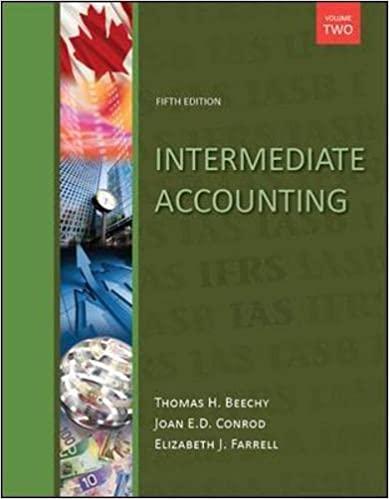Please see below
Way Cool produces two different models of air conditioners. The company produces the mechanical systems in its components department. The mechanical systems are combined with the housing assembly in its nishing department. The activities, costs, and drivers associated with these two manufacturing processes and the production support process follow. Process Activity Overhead Cost Driver Quantity Components Changeover 5 463,800 Number of batches 7'70 Machining 318,800 Machine hours 8,530 Setups 233,800 Number of setups 14-0 $1,911,330 Finishing Welding 5 183,800 welding hours 4,500 Inspecting 231,800 Number of inspections 390 Rework 65,800 Rework orders 260 5 484,800 Support Purchasing 5 141,800 Purchase orders 53? Providing space 33,800 Number of units 4,560 Providing utilities 63,800 Number of units 4,560 5 242,330 Additional production information concerning its two product lines follows. Model 145 Model 212 Units produced 1,500 3,860 welding hours 1,800 3,500 Batches 385 385 Number of inspections 520 370 Machine hours 3,250 5,280 Setups 70 70 Rework orders 150 110 Purchase orders 358 179 Required: 1. Determine departmental overhead rates and compute the overhead cost per unit for each product line. Base your overhead assignment forthe components department on machine hours. Use welding hours to assign overhead costs to the nishing department. Assign costs to the support department based on number of purchase orders. 2. Determine the total cost per unit for each product line lfthe direct labor and direct materials costs per unit are $210 for Model 145 and $210 for Model 212. 3. lfthe market price for Model 145 is $2,150 and the market price for Model 212 is $250, determine the prot or loss per unit for each model. Determine departmental overhead rates and compute the overhead cost per unit for each product line. Base your overhead assignment for the components department on machine hours. Use welding hours to assign overhead costs to the finishing department. Assign costs to the support department based on number of purchase orders. (Round your intermediate calculations and per unit cost answers to 2 decimal places.) Show lessA Components department Finishing department 0 Support department 0 Model 145 Activity Departmental Driver OH Rate Total Overhead Cost Components 0 Finishing 0 Support 0 Model 212 Activity Departmental Driver OH Rate Total Overhead Cost Components $ 0 Finishing SupportDetermine the total cost per unit for each product line if the direct labor and direct materials costs per unit are $210 for Model 145 and $210 for Model 212. (Round your intermediate calculations and cost per unit answers to 2 decimal places.) Model 145 Model 212 Materials and Labor per unit Overhead cost per unit Total cost per unitIf the market price for Model 145 is $2,150 and the market price for Model 212 is $250, determine the profit or loss per unit for each model. (Loss amounts should be indicated with a minus sign. Round your intermediate calculations and final answers to 2 decimal places.) Model 145 Model 212 Market price per unit Cost per unit Profit (loss) per unit










